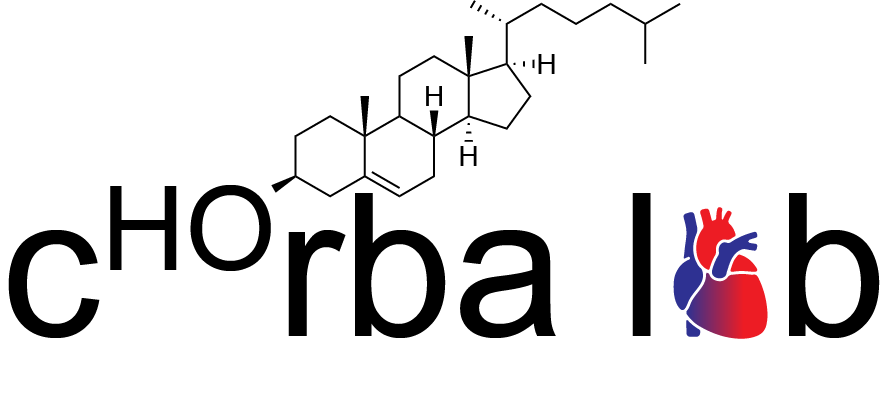1. Chemical probes and therapies
PCSK9 chaperones the low-density lipoprotein receptor (LDLR) to the lysosome for degradation, thereby raising circulating LDL (i.e. “bad” cholesterol) and accelerating atherosclerosis and heart disease. Despite its validation as a drug target, PCSK9 has proven difficult to drug with small molecules, at least in part because of its single-turnover protease activity. We have solved this problem by amplifying protease readout in cell-based assays and have used our solution to find novel molecular scaffolds that inhibit PCSK9 function and increase LDL receptors in hepatic cells. These results mimic the functional outputs of the most highly successful clinical therapies against heart disease. We aim to develop these compounds as both precursors to new cholesterol-lowering therapies and as chemical probes to further elucidate PCSK9’s role in both normal cell biology and disease.
2. New therapeutic targets
The LDL receptor clears atherogenic LDL particles from the bloodstream and plays a major role in cholesterol and membrane homeostasis. Through a genome-wide CRISPR interference screen, we identified novel regulators of the LDL receptor as potential therapeutic targets for cholesterol lowering. We have shown that CSDE1 is an RNA-binding protein that mediates LDLR mRNA decay in liver cells and validated both its effects and a proof-of-concept for therapeutic targeting in vivo. We aim to understand the mechanistic details of this new player in LDL receptor regulation and prosecute it as a therapeutic target.
3. New methods for drug discovery
A fundamental challenge in drug discovery is that any given therapeutic target requires its own customized strategy. The discovery of a recent compound that binds the human ribosome and inhibits translation in a sequence specific manner offers the potential to “drug” protein targets without the need for a traditional active site or even a binding pocket. We aim to explore the specificity, efficacy, and generalizability of this class of compounds as both research tools and a new paradigm for drug discovery.
4. New diagnostics for human disease
The stethoscope is an iconic part of medical care, but while nearly all medical professionals can capture heart sounds, even experienced clinicians struggle with their interpretation. In partnership with industry colleagues, we aim to use deep learning approaches to identify heart sound signatures in particular disease states. This has the potential to offload the burden of heart sound interpretation for the clinician with real-time feedback. We have already shown that murmur detection algorithms have excellent test characteristics for excluding severe types of valvular disease. We are interested in extending our findings to other cardiac conditions and discovering whether this “agnostic” strategy can teach us more about cardiac pathophysiology.




